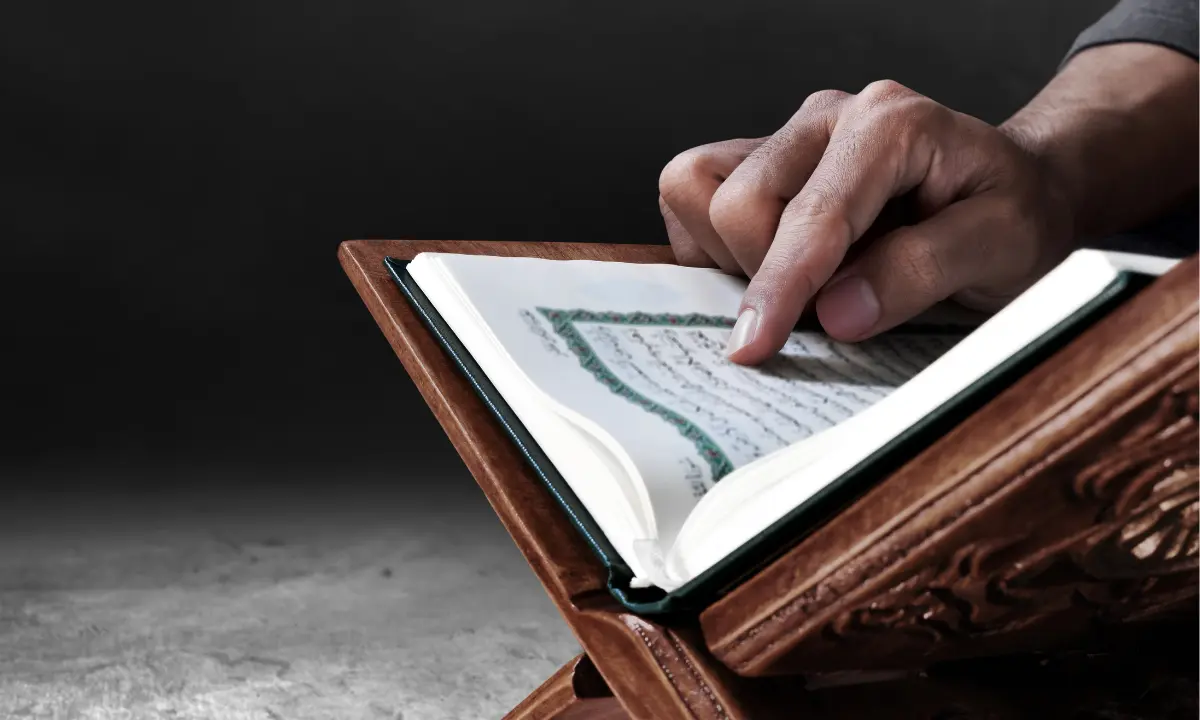
The Noorani Qaida Syllables have been expertly designed to assist learners in the precise pronunciation of Arabic letters and the correct amalgamation of sounds. Achieving proficiency in these syllables gives students a robust foundation for accurately reciting the Quran, empowering them to engage with the holy scripture with assurance and respect.
Here we have Noorani Qaida Course for you. Join now and make strong connection with Quran.

Breaking Down the Noorani Qaida Syllables
Breaking Down the Noorani Qaida Syllables
Each syllable is formed from one or multiple consonants paired with distinct vowel signs within the Noorani Qaida. Consonants act as the central sound, with vowels determining the specific pronunciation and nuance of the syllable.

Progression in Syllable Patterns
The syllable configurations in the Qaida evolve from straightforward to sophisticated, guiding learners through increasingly complex sound combinations. Beginning with elementary two-letter sequences, students move on to more layered syllabic arrangements, enhancing their confidence and mastery.
Techniques for Excelling in Noorani Qaida Syllables
Prioritizing Accurate ArticulationThe cornerstone of mastering Noorani Qaida syllables is precise pronunciation. Ensuring that each sound is articulated correctly paves the way for flawless recitation.
Engaging in Syllable DrillsConsistent practice of different syllable pairings boosts proficiency. Students embed these syllables in their memory through repetition, facilitating smoother and more natural recitation.
Achieving Mastery Through ReiterationIterative practice is pivotal for Quranic reading. The structured methodology of Noorani Qaida prompts students to revisit syllables, gradually refining their fluency.
Understanding Composition of Noorani Qaida Syllables
Noorani Qaida syllables are thoughtfully structured to acquaint learners with the phonetic elements of the Arabic language. Each syllable is a blend of consonants and vowels, serving as the foundational units of the Arabic lexicon. Here’s an insight into the components that shape a standard Noorani Qaida syllable:
ConsonantsThese are the primary speech elements that form the backbone of syllables. Arabic boasts 28 distinct consonant sounds, pivotal in determining word structures and their implications.
VowelsVowels play a crucial role in the correct enunciation of syllables. They enrich words and affect their intonation and connotation. In Arabic, a range of short and extended vowel sounds exists, each adding to the rhythm of recitation.
Tashkeel (Vowel Indicators)Tashkeel are accent marks positioned over or beneath Arabic characters to signify vowel tones. These indicators offer learners the guidance needed for precise articulation, assuring the accurate pronunciation of each syllable.

Advantages of Noorani Qaida Syllables
Sound ClarityLearners emphasize precise proper articulation by dissecting words into syllables.
Foundation for TajweedGrasping the Noorani Qaida syllables establishes a solid base for incorporating Tajweed Rules.
Boosted AssuranceMastery over individual syllables bolsters a learner’s self-assurance in pronouncing Arabic.
Role of Noorani Qaida Syllables in Quranic Recitation
Mastery in RecitationThe Noorani Qaida syllables are foundational in perfecting the art of Quranic recitation. Proper articulation amplifies the emotive and spiritual resonance of the recitation.
Reverence for the ScripturePronouncing syllables accurately is a manifestation of deep respect for the holy text of the Quran. Through the precision offered by the Noorani Qaida, learners engage with the Quran with utmost dedication and humility.
Deepened InsightMastery in recitation paves the way for a more profound grasp of the Quran’s teachings. Correct pronunciation of syllables enriches one’s understanding of the intricate meanings and layers within the verses.

Bond with Linguistic LegacyThe journey through Noorani Qaida syllables enables learners to relish the elegance of the Arabic tongue and its significance in Islamic traditions. It cultivates a bond with a storied linguistic heritage.
Enduring ProficiencyAcquainting oneself with Noorani Qaida syllables equips individuals with a lasting skillset. This foundational knowledge underpins sustained engagement with the Quran throughout one’s life.
Frequently Asked Questions (FAQ’s)
What are the Noorani Qaida Syllables?
Noorani Qaida syllables are fundamental sound units constructed by pairing a consonant with a vowel or a cluster of consonants and vowels.
How are syllables formed in Noorani Qaida?
Syllables take shape by merging a consonant (or a set of consonants) with a particular vowel.
What is the purpose of learning syllables in Noorani Qaida?
The purpose is to simplify Arabic words into digestible sound segments for beginners, facilitating accurate pronunciation and boosting reading proficiency.
How do I practice syllables with Noorani Qaida?
Start by familiarizing yourself with the consonants and vowels of the Arabic alphabet.
Are there any specific rules for pronouncing syllables in Noorani Qaida?
Indeed, Noorani Qaida adheres to specific guidelines when amalgamating consonants and vowels.
Conclusion
The journey through the Noorani Qaida syllables offers learners a comprehensive toolkit for proficient Quranic Recitation. Regardless of one’s starting point, be it a novice or seasoned reciter, the structured methodology of the Qaida Noorania emphasizes ease in Arabic articulation, laying the groundwork for a lasting bond with the Quran.







